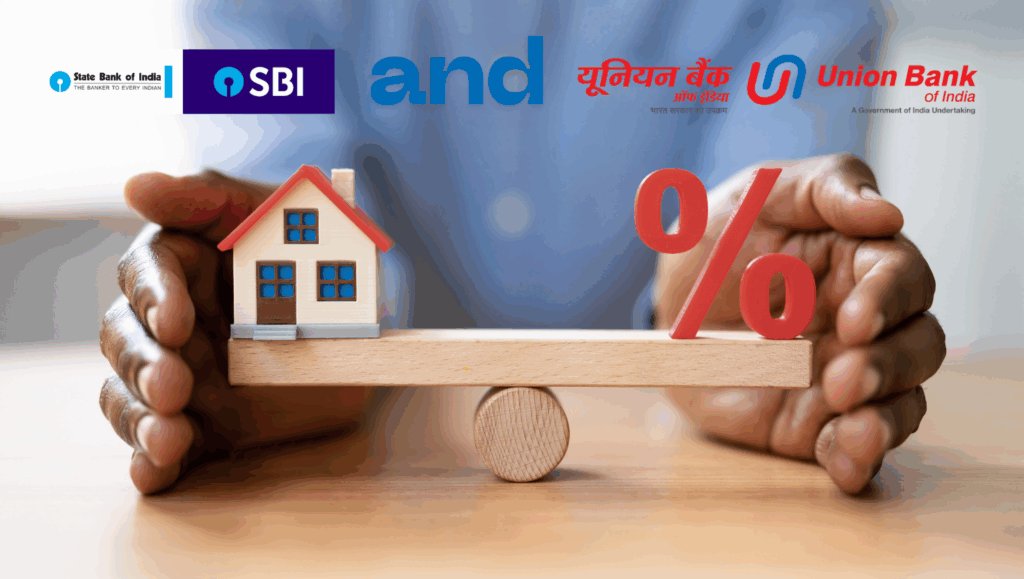
India Restricts Silver Imports Till March 31, 2026: Impact, Reasons, and Future Outlook
India’s bold move to restrict silver imports until March 31, 2026, has sparked intrigue! Why is Thailand flooding India with silver jewellery, evading duties? How will this shake up prices, jobs, and trade? Dive into the surprising reasons behind this policy, its impact on consumers and artisans, and what it means for India’s jewellery industry. Uncover expert tips to navigate these changes and discover if local craftsmanship will shine brighter than ever. Explore the suspenseful future of India’s silver market now!
India has recently taken a significant policy step by restricting imports of silver and plain silver jewellery until March 31, 2026. This move comes amid a sharp rise in imports, particularly from Thailand, aimed at protecting the domestic silver jewellery industry from unfair trade practices. Understanding this policy’s implications helps Indian businesses and consumers prepare for its impact on prices, jobs, and trade dynamics.
Background: Why Has India Restricted Silver Imports?
In September 2025, the Directorate General of Foreign Trade (DGFT), under India’s Ministry of Commerce and Industry, shifted the import policy for silver and unstudded silver jewellery from “Free” to “Restricted” until March 31, 2026. This policy change, effective immediately, mandates that importers secure a government licence to bring these products into India. The decision responds to growing concerns over trade practices that have disrupted the domestic silver jewellery market.
Key Drivers Behind the Policy
The restrictions stem from a combination of economic and protective measures designed to safeguard India’s jewellery industry. Here are the primary reasons:
- Surge in Silver Imports: Imports of silver jewellery, particularly from Thailand, skyrocketed to 40 metric tonnes in recent months, a tenfold increase from 4 metric tonnes, with Thailand accounting for 98% of these shipments.
- Duty Evasion via FTAs: Thailand, a non-silver-producing country, was exploiting the ASEAN-India Trade in Goods Agreement (AITIGA) by misclassifying silver as finished jewellery to bypass customs duties.
- Protecting Domestic Industry: The influx of cheap imports threatened small and medium enterprises (SMEs), which form the backbone of India’s jewellery sector, risking job losses and reduced competitiveness.
What is the ASEAN-India Trade in Goods Agreement (AITIGA)?
Signed in 2009, AITIGA fosters trade between India and the 10 ASEAN nations—Brunei, Cambodia, Indonesia, Laos, Malaysia, Myanmar, Philippines, Singapore, Thailand, and Vietnam—by reducing or eliminating customs duties on specific goods. However, loopholes allowed importers to misclassify plain silver jewellery as finished products, evading tariffs. The new restrictions aim to close these gaps and ensure fair trade practices.
Scope of Restrictions: What Products Are Affected?
The DGFT’s notification specifies the following items now under restricted import status until March 31, 2026:
- Plain silver jewellery and unstudded silver jewellery articles
- Parts of precious metals made of silver
- Other silver jewellery categories previously imported freely
- Requirement: Importers must obtain a government-issued licence for customs clearance
This policy shift directly targets products that have flooded the market, undermining local manufacturers.
How Will This Policy Affect the Silver Jewellery Sector?
The restrictions will have far-reaching implications for manufacturers, consumers, and importers. Below, we break down the impact across key stakeholders.
Impact on Domestic Manufacturers
The policy offers significant benefits for India’s jewellery industry, particularly SMEs:
- Level Playing Field: By curbing duty-evading imports, local manufacturers can compete more effectively, reducing the pressure from cheaper foreign products.
- Employment Protection: The jewellery sector employs thousands across India, and restrictions help safeguard jobs, especially in labor-intensive SMEs.
- Encouraging Local Production: With reduced import competition, manufacturers are incentivized to boost domestic production, potentially increasing investment in local craftsmanship.
Impact on Consumers and Prices
Consumers may notice changes in the silver jewellery market:
- Potential Price Rise: Limited imports could reduce supply, leading to short-term price increases. Silver prices already hit Rs 134,089 per kilogram in 2025, a decade-high, driven by strong demand.
- Quality and Variety Considerations: While imported designs may become less available, consumers can expect a surge in high-quality, locally crafted jewellery, emphasizing India’s rich artisanal heritage.
- Festive Season Impact: With India’s festival and wedding seasons driving silver demand, consumers may need to plan purchases earlier to avoid price volatility.
Impact on Trade and Imports
The policy introduces new dynamics for importers and trade relations:
- Import Licence Requirement: All silver jewellery imports now require DGFT approval, adding a layer of regulatory oversight.
- Monitoring and Compliance: Authorities can better track import volumes, ensuring compliance with trade agreements and preventing duty evasion.
- Trade Relations: The restrictions may prompt ASEAN nations to tighten their export practices, potentially leading to renegotiations of AITIGA terms.
How Importers and Businesses Can Navigate New Rules
Adapting to the new import restrictions requires strategic planning. Below is a step-by-step guide and expert tips to help importers and retailers comply effectively.
Step-by-Step Guide to Comply
- Understand Product Classification: Review DGFT notifications to identify which silver jewellery items fall under restricted categories.
- Apply for Import Licence: Submit applications to the DGFT with accurate documentation, including product details and proof of origin.
- Ensure Transparent Supply Chains: Verify the source and production process of imported jewellery to avoid disputes or delays at customs.
- Work With Customs Officials: Maintain open communication with authorities to ensure compliance and streamline clearance processes.
- Plan Inventories Accordingly: Adjust stock levels to account for licensing delays, preventing shortages or overstocking.
Pro Tips for Importers and Retailers
- Stay Updated: Monitor DGFT announcements for policy updates, as the restrictions are temporary until March 31, 2026.
- Collaborate Locally: Partner with domestic manufacturers to diversify product offerings, reducing reliance on imports.
- Leverage Marketing: Highlight the quality and cultural value of Indian-made silver jewellery to attract consumers.
- Explore Alternative Markets: Source from non-ASEAN countries if licensing proves challenging, ensuring compliance with trade regulations.
Common Mistakes to Avoid
- Importing Without a Licence: Attempting to import restricted silver items without DGFT approval risks seizures and penalties.
- Misclassifying Goods: Incorrectly labeling silver products to bypass restrictions can lead to legal and financial repercussions.
- Neglecting Documentation: Incomplete or unclear supply chain records may delay customs clearance.
- Over-Reliance on Imports: Failing to pivot towards domestic sourcing could disrupt supply chains amid restrictions.
Economic Context: Why Silver Matters in 2025
Silver’s importance in India extends beyond jewellery, influencing industrial and investment demand. In 2025, silver prices surged nearly 49% to $44 per ounce globally, driven by strong industrial use in electronics, solar panels, and medical equipment, alongside investor interest. India’s silver imports are projected to reach 5,500–6,000 tons in 2025, despite a dip in the first eight months due to depleted stocks from 2024’s record inflows.
The Economic Survey 2024-25 predicts silver prices will continue rising in 2025, unlike gold, which may decline. This trend, combined with import restrictions, could amplify price pressures but also bolster domestic production.
Complementary Government Actions
The DGFT has also tightened regulations on non-basmati rice exports, requiring contract registration with the Agricultural and Processed Food Products Export Development Authority (APEDA) to ensure food security. This reflects a broader strategy to balance trade and protect domestic interests, similar to the silver import restrictions.
Future Outlook: What Lies Ahead for India’s Silver Industry?
Looking beyond March 31, 2026, the silver jewellery sector faces both opportunities and challenges:
- Short-Term Challenges: Importers may face delays and increased costs due to licensing requirements, while consumers could see higher prices during peak demand periods like Diwali and wedding seasons.
- Long-Term Opportunities: Domestic manufacturers can capitalize on reduced competition to innovate and expand, potentially positioning India as a global hub for silver jewellery production.
- Trade Policy Evolution: The restrictions may lead to stricter enforcement of AITIGA rules or renegotiations with ASEAN nations to prevent future misuse.
- Sustainability and Craftsmanship: Emphasizing locally made jewellery could boost India’s reputation for sustainable, high-quality artisanal products.
Key Takeaways
- India has restricted silver and unstudded jewellery imports until March 31, 2026, shifting the policy from "Free" to "Restricted."
- The decision addresses a surge in imports from Thailand, exploiting ASEAN-India trade agreements to evade duties.
- Importers now require government licences, protecting domestic manufacturers and jobs in the jewellery sector.
- Consumers may face short-term price increases but can benefit from enhanced local craftsmanship.
- Businesses must comply with licensing rules, pivot to domestic sourcing, and plan inventories to avoid disruptions.
Final Thought: What Should Indian Jewellery Stakeholders Do Next?
India’s silver import restrictions present a defining moment for the jewellery industry. Domestic manufacturers have a golden opportunity to strengthen their market position by focusing on quality and innovation. Importers and retailers must adapt swiftly to licensing requirements and explore local partnerships to maintain supply chains. Consumers, meanwhile, can support India’s rich artisanal heritage by choosing locally crafted silver jewellery, contributing to sustainable growth.
Call to Action
Stay informed with DGFT updates to navigate the evolving trade landscape. Importers should consult trade experts to ensure compliance, while retailers can market Indian-made jewellery to attract conscious consumers. Let’s embrace this shift to strengthen India’s silver industry—support local artisans and explore the beauty of homegrown craftsmanship today!

































